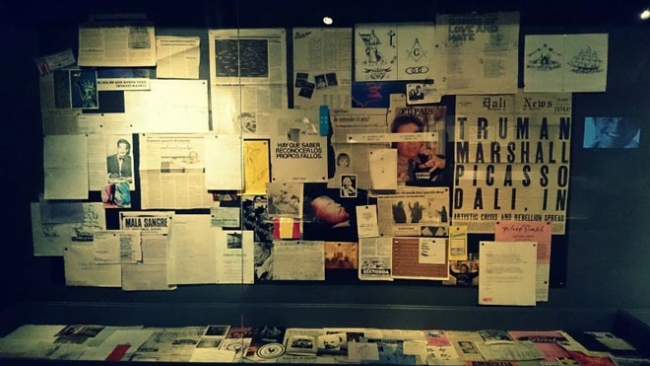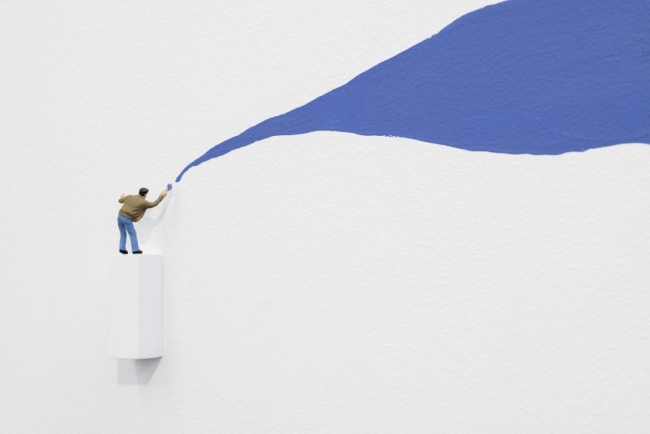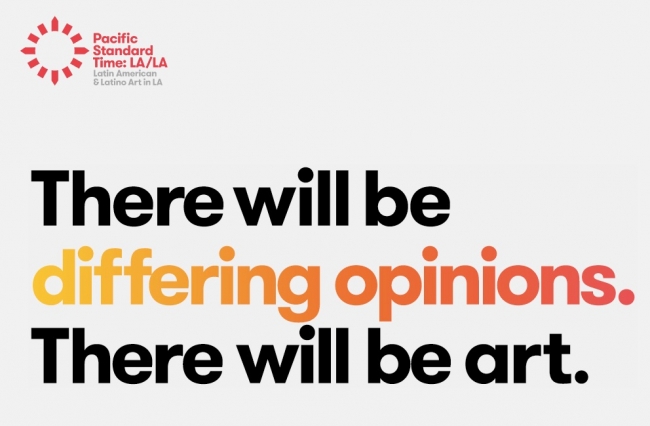Galerías y otras organizaciones que le representan
Organizaciones con obra
Profesionales con obra
Descripción del Artista
David Lamelas (Buenos Aires, Argentina, 1946) es un artista contemporáneo argentino, vive actualmente entre las ciudades de Los Ángeles, Bruselas y Berlín.
Durante los años 60, fue uno de los principales exponentes del Instituto Di Tella, y uno de los primeros artistas conceptuales de la época. En 1968 se instala en Londres gracias a una beca del British Council, donde comienza a realizar cortometrajes y cine de exposición.
Desde entonces continúa su carrera artística pasando largas temporadas entre Los Angeles, Nueva York, Paris, Berlín y Bruselas. Recibió en 1967 el premio Bienal de San Pablo por su instalación en la IX edición de dicha bienal.
También participó en la XXXIV Bienal de Venecia, 1968 y en la Documenta 5, Kassel en 1972. En 1997 se realizó una muestra retrospectiva de su obra en el Witte de With de Róterdam y en el Kunstverein de Múnich, donde es publicado el libro David Lamelas: A New Refutation of Time . En 1993 recibe la Beca Guggenheim1 y en 1998 la beca de la DAAD, Alemania.
-----------------------------------------
David Lamelas was born in 1946 in Buenos Aires and studied painting and sculpture at the city’s Academia Nacional de Bellas Artes during his teenage years. In the early 1960s, he was associated with the emergent Argentine avant-garde at the Instituto Torcuato Di Tella. After moving to London in the late 1960s, he studied at Saint Martin's School of Art, where he took courses with artists Anthony Caro, Barry Flanagan, and John Latham, earning an MA in 1968.
In the late 1960s, Lamelas’s practice shifted away from Pop art–inflected sculpture toward a more conceptual methodology involving the appropriation of technology and techniques from the mass media. His installation Situation of Time (1967) consists of seventeen television sets that transmit only flickering light and static interference; the artist suggests the viewer watch these screens for eight hours straight. Beginning with this work, time became one of Lamelas’s central themes.
In the tense global political climate of 1968, Lamelas represented Argentina at the Venice Biennale with Office of Information about the Vietnam War on Three Levels: The Visual Image, Text, and Audio. Taking the form of an office, the installation was equipped with a telex machine that conveyed news about the conflict in Vietnam. Lamelas thus co-opted the tools of broadcast technology to explore one facet of art’s communicative potential. In the same year, Lamelas moved to London and began experimenting with film. Study of Relationships Between Inner and Outer Space (1969) is an institutional critique that engages with then-emerging theoretical discourse on art in the public sphere. Beginning with an analysis of a gallery’s architecture, the film’s focus then shifts to the public space of the city (which is likened to the mass media), and finally to a different meaning of space altogether via interviews about the then-recent moon landing.
In the 1970s, Lamelas produced a number of films that pay particular attention to the medium’s communication of meaning through visual codes comparable to those found in written language, and in the photographic series London Friends (1973) and Rock Star (Character Appropriation) (1974), explored the blurring of reality and fiction. Also fascinated by the construction of celebrity, Lamelas moved to Los Angeles in 1976 hoping to participate in the film industry. Ultimately he turned his attention to video, aiming to broadcast his work on American television. Parodying mainstream formats such as news programs, Lamelas sought to expose and disrupt the mass media by producing a countercultural variant. In videos of the late 1970s such as The Hand (1976), for example, he refers to the violence associated with contemporary politics. Since this time, Lamelas has made work across Europe and the United States, each location influencing his work as he attempts—with conceptual rigor and a sense of humor—to understand its cultural specificities.
Solo exhibitions of Lamelas’s work have been held at the Institute of Contemporary Arts, London (1975); Witte de With Centrum voor Hedendaagse Kunst, Rotterdam (1997); Museo Tamayo, Mexico City (2005); Vienna Secession (2006); and Museum für Gegenwartskunst, Basel (2008). Lamelas participated in the group exhibitions Information, Museum of Modern Art, New York (1970), and Global Conceptualism: Points of Origin, 1950s–1980s, organized by the Queens Museum, New York (1999–2000). Lamelas earned the prize for sculpture at the 1967 São Paulo Biennial and was awarded a Guggenheim Fellowship in 1993. He lives and works in Los Angeles, New York, and Paris.

Grandes Eventos, 18 feb de 2020
"Es solo cuestión de tiempo" para 4 artistas iberoamericanos en ARCOmadrid 2020
Por GUSTAVO PéREZ DIEZ
La propuesta especial de la 39ª edición busca trazar la influencia del artista Félix González-Torres en prácticas artísticas contemporáneas.

Arte en Datos, 16 dic de 2019
Lxs 10 artistas argentinxs con mejor Índice de Notoriedad 2019
Por GUSTAVO PéREZ DIEZ
3 mujeres y 7 hombres que son figuras claves del arte local e internacional, desde consagrados como Liliana Porter o Julio Le Parc, a jóvenes valores como Adrián Villar Rojas ...

Grandes Eventos, 12 sep de 2017
Pacific Standard Time: LA/LA, la gran cita del Arte Latinoamericano en 2017
Por GUSTAVO PéREZ DIEZ
La iniciativa permitirá una exploración regional del Arte Latinoamericano e Hispano, desde la Antiguedad hasta la actualidad, en diálogo con Los Ángeles, a través de más de 70 muestras.

Exposición. 11 abr de 2025 - 28 sep de 2025 / Museo Guggenheim Bilbao / Bilbao, Vizcaya, España

Formación. 08 may de 2025 - 17 may de 2025 / Museo Nacional Centro de Arte Reina Sofía (MNCARS) / Madrid, España